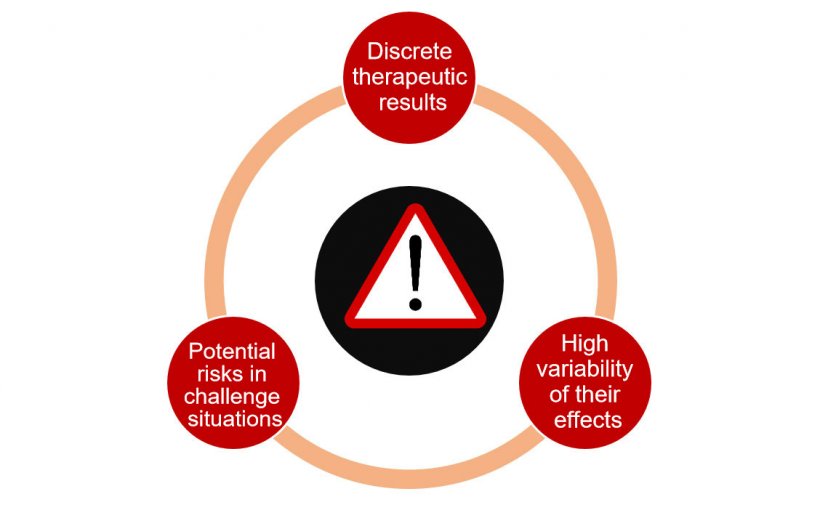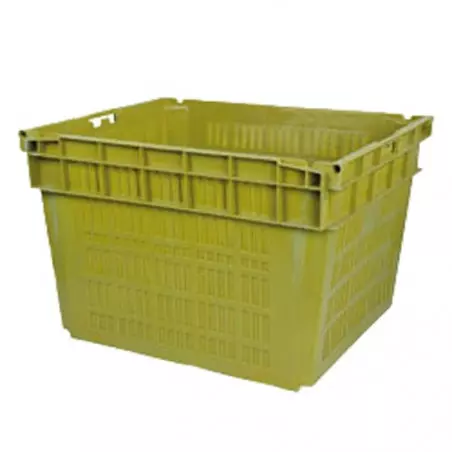A nutritional strategy that has received increasing attention during the last few years to overcome handicaps of early weaning is the use of probiotics. Still, research so far has been characterized as being inconsistent and with low reproducibility from farm to farm; which in turn is probably one of the main reasons preventing these products from being widespread in the swine industry.
This article is a summary of a recent review (Barba-Vidal et al. 2018; Review: Are we using probiotics correctly in post-weaning piglets?) that examines the limitations on the actual use of probiotics at this stage, focusing on their use on a sanitary challenge situation, and discusses how these results can be improved.

Limits of using probiotics against pathogens
Generally speaking, the main limitations on probiotic usage in this context are:
Discrete therapeutic results: Although the majority of publications assessing probiotic effects against pathogens reveal them as positive, spectacular improvements, such as eliminating pathogen excretion or important increases in productive parameters are rarely reported.
High variability of their effects: Probiotic effects are known to be treatment specific, depending on the particular strain, dose and context (Bosi and Trevisi, 2010), as well as host specific, depending on host-related physiological parameters (e.g. health status and genetics) or environment (e.g. sanitary status and diet) (Collado et al., 2007). Thus, probiotic strains that are not useful when used in a certain situation can turn out to be useful in another one, or vice versa.
Potential risks in challenge situations: There may be potential risks when using certain probiotics in animals with damaged gut health or under pathogen pressure. Scientific literature reports increased intestinal permeability at this stage (Lallès et al., 2004), which can be affected by probiotic treatments. Consequently, an elevated risk of sepsis can be forecast in post-weaning animals when using probiotics. Moreover, it has also been reported that some probiotics may have immune-suppressive effects in the host (Siepert et al., 2014). This effect has no disadvantageous consequence in a healthy context. Nevertheless, in the need of a rapid humoral response, the immune activation is less efficient and therefore would also be deleterious in a disease situation.

How to improve the use of probiotics in early life stages
Improving the use of probiotics in the swine industry relies on a drift from an empirical use to a more knowledge-based strategy. The following paragraphs provide some recommendations in view of the scientific evidence published up until today:
Probiotics are much more powerful and valuable when we use them as ‘preventive’ health promoters and gut microbiota stabilizers. Hence, we should stop looking to probiotics as direct replacements for antibiotics in gastrointestinal infections, and we should combine them with other feed and/or management strategies with a more holistic approach.
In addition, probiotic strategies should be more focused. Strains should be selected depending on the objectives being looked for, and not as if probiotics were beneficial for everything. Effects should target specifically to a site and effect. Targeting, for example, Toll-like receptors if applications seek to boost intestinal immunity (Villena and Kitasawa, 2013), but other strains could be better to enhance productive performance based on their enzymatic hydrolysis properties (Kim et al., 2007).
Another point to take into account is the variability in the response to a probiotic. It has been described how a probiotic strategy may have ‘responder’ and ‘non-responder’ individuals in a homogenous group of animals. Nowadays, emerging ‘-omic’ technologies clearly open a window to refine our approach and understand better the interactions between a probiotic strain and the ecosystem in which it is going to be introduced, limiting this variability and assessing the possible risks of using a probiotic in a disease context.

Finally, there are various ways to potentiate probiotic effects and make them more durable. On one side, one can use strategies such as combining probiotics with complementary actions or adding specific prebiotic substrates (symbiotic concept) to selectively improve the growth of the introduced strain. On the other side, early dosing of probiotics in the pre-weaning period should be considered and sows should be given more importance here, as many studies have exposed how introducing probiotics in the sow diet is an effective way to modify the gut ecosystem and the health of piglets.







